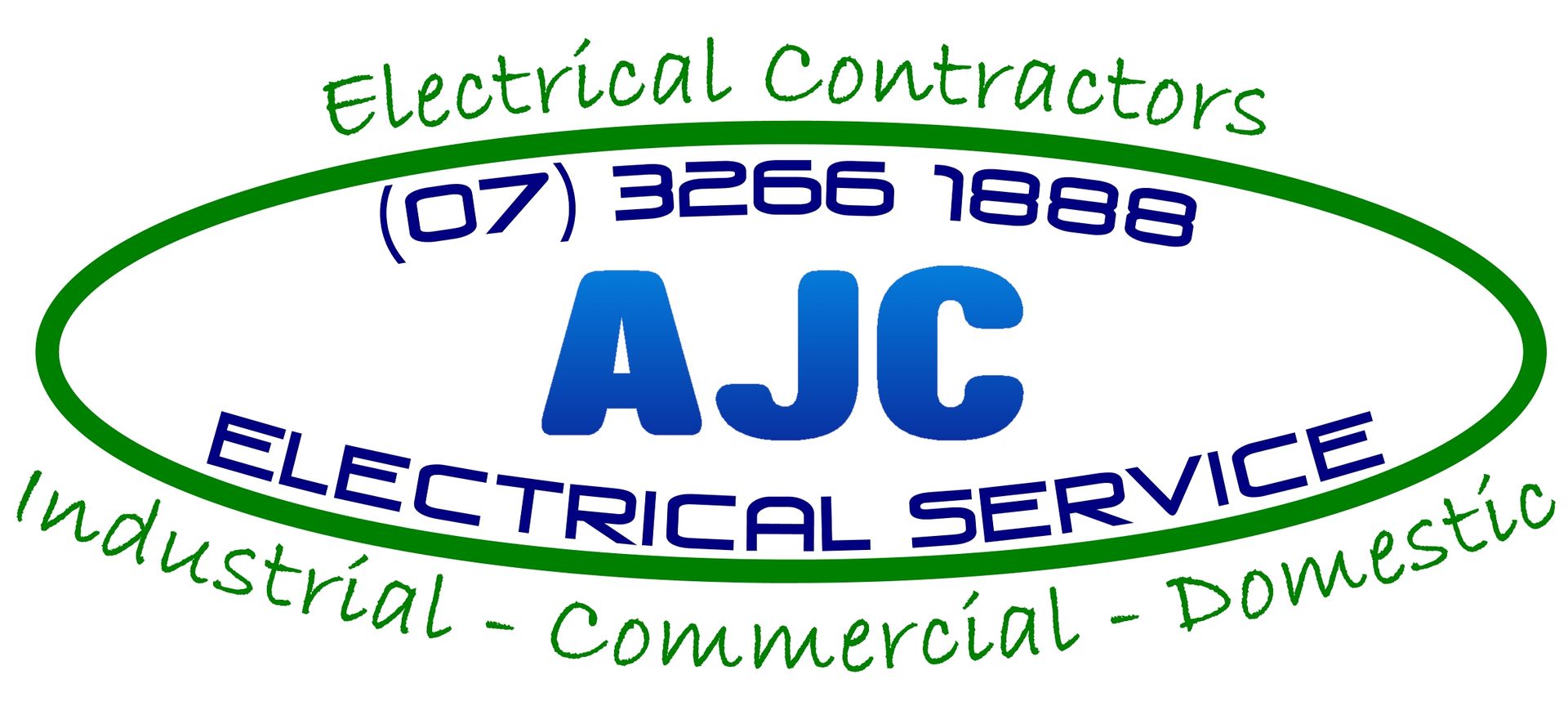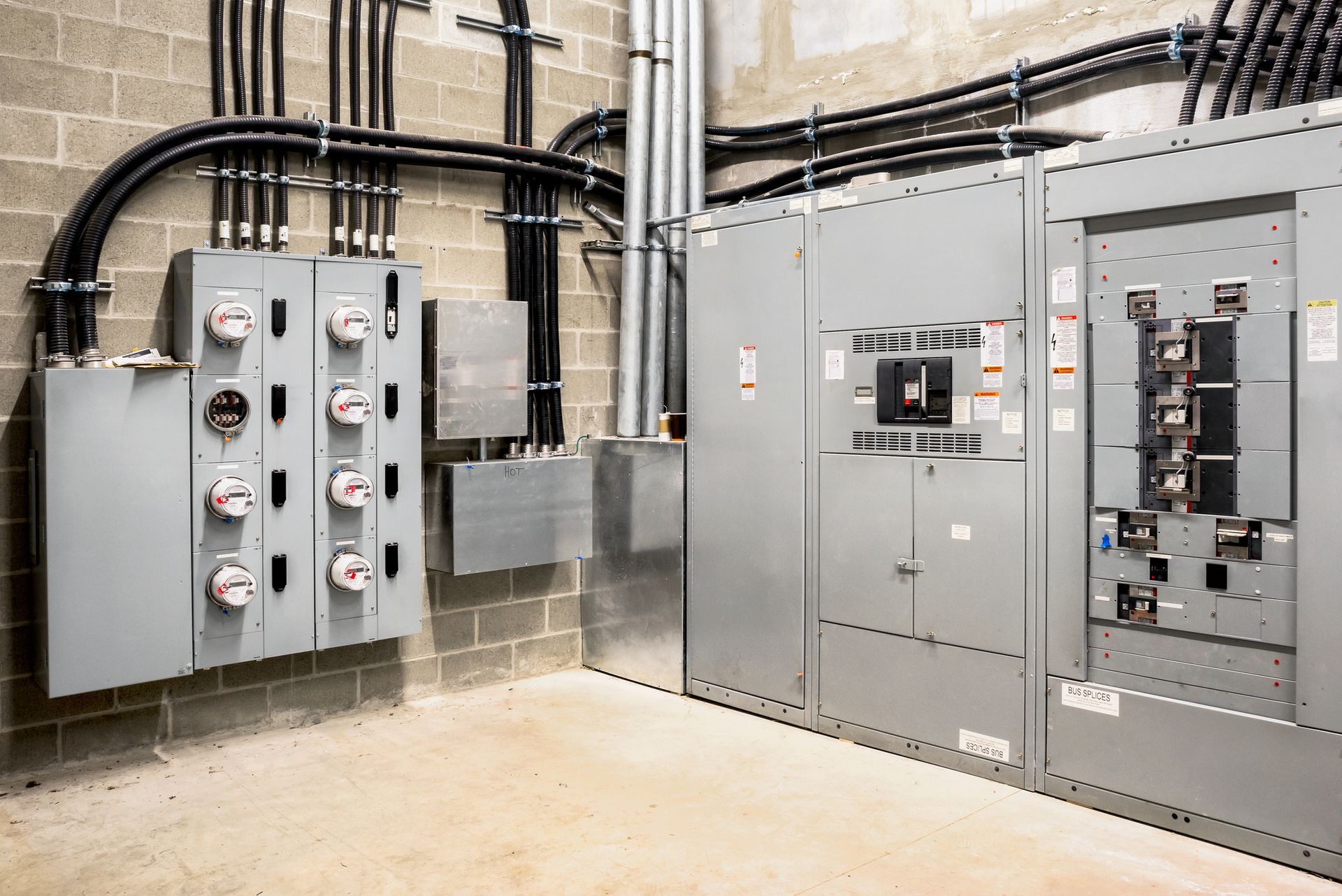4 Reasons to Hire an Electrician to Install Your Smoke Detectors.
You've recently built a new home, and you want to do everything you can to protect it. You've purchased a comprehensive insurance policy. You've installed security fencing and lighting. And you've carefully landscaped your property to minimise bushfire risks.
All these extra investments have sapped your budget, and you still need to install a few smoke detectors to finish the job. Battery-powered detectors seem like a simple, straightforward and affordable approach, and you know you can easily place a few on the ceiling yourself.
But before you move forward with that idea, keep in mind that you should hire an electrician to install and replace your smoke detectors for the following reasons.
1. Australian Law Requires a Professional
Australian law has strict regulations regarding smoke detector installations. Although older homes (before 1997) can rely on battery-operated alarms, newer builds (after 2014) must have interconnected smoke alarms hard wired to your mains power supply.
As mains projects involve serious (and potentially dangerous) electrical work, you need to hire a licensed electrician to install the detectors and alarms while following the manufacturer instructions precisely. If you fail to meet the laws and regulations, you may face up to $5,000 in fines for noncompliance.
2. An Electrician Can Recommend Compliant Devices
Although you can find any number of smoke detectors in stores and online, you shouldn't install just any device that happens to catch your attention. To ensure safety, your alarm needs to meet Australian Standard AS 3786-1993 and have Scientific Services Laboratory (SSL) certification.
Of course, you can find a complete list of approved alarms at ActivFire.Gov.AU . But this list can prove tedious to sort through if you don't know what features to look for.
Many domestic and commercial electricians, however, often partner with smoke detector manufacturers, so they can find great deals on alarms. When you hire professionals, your electricians will not only recommend an appropriate device for your needs but will also pass on their savings to you.
3. An Expert Knows Ideal Installation Locations
Smoke detector installation may seem direct and easy, at first. Simply attach the alarm to the ceiling, turn it on, and you're good to go.
Yet for best results, your smoke detectors need to sit in certain positions in your home. Ideally, you should have a separate alarm for every bedroom, hallway and living area. And if you have multiple floors in your home, you need a smoke alarm at the stairs that connect the two levels.
An expert can place your detectors so that they have a smaller likelihood of false alarms. He or she can keep your devices away from air conditioners, fans and heaters that would affect the alarm's performance. And an electrician knows to avoid placing devices too close to the kitchen and bathrooms, as the steam and cooking fumes can interfere with the device.
4. You Can Group Multiple Electrical Services Together
When you want to save money, you may prefer to do a lot of the repairs and maintenance yourself. You may unclog toilets and replace leaky faucets. You may patch up your drywall or reglue a loose floor tile.
But remember that your electrician can also provide you with multiple services, from upgrading your mains to installing garden lighting to connecting your phone and TV. And many companies offer discounts, deals and rebates when you group several services together.
If you hire an electrician to install your new smoke detection system, you may also rely on him or her to test safety switches, setup your home computer network and replace the leaning power pole nearby. And the more services you order, the more you save in parts, time and labour.
Don't Wait to Hire an Electrician
Though smoke detectors and alarms seem like a small, inexpensive product, they play a significant role in protecting your home. Rather than risk your investment on a faulty device or poor installation, talk to an electrician about adding detectors to your home.


